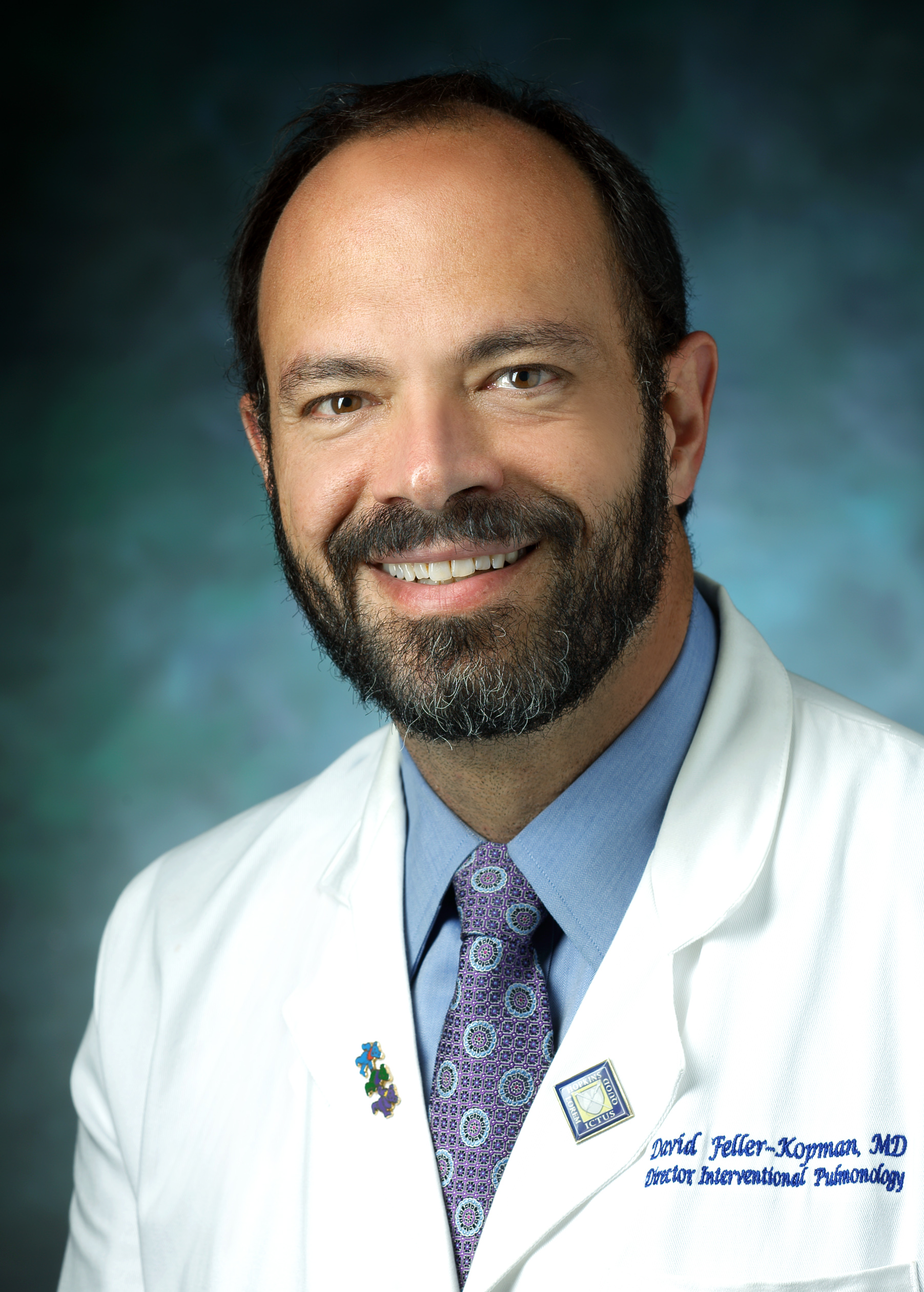Takeaway
The opposite of burnout is engagement—here are three things you can do to stay engaged.

Passion in the Medical Profession | May 30, 2018 | 2 min read
By David Feller-Kopman, MD, Johns Hopkins University School of Medicine
Emotional exhaustion
A recent article in the New York Times, Taking Care of the Physician, highlighted the importance of physician burnout that is becoming all too common in the current medical climate. Klass states that though physicians continue to have a high sense of personal accomplishment, they also tend towards emotional exhaustion and depersonalization.
The increasing clerical burden
The job of a physician has always been stressful. In addition to working long hours, the emotional stress of helping patients with their problems, can often result in less time and energy required for the physician to ‘heal thyself’. Though work-hours during training were thought to be a major contributor to medical errors, this is actually quite controversial, and over the last 20 years other factors, such as implementation of electronic medical records and the increasing clerical burden of being a doctor, have been identified as significant impediments to the beloved doctor-patient relationship.
A recent study has shown that for every hour physicians spend interacting with patients, almost two additional hours are spent documenting notes and phone calls, ordering tests and communicating with staff during the clinic day. An additional one to two hours are spent during personal time each night doing additional ‘clerical’ work. The amount of time it takes just to keep up with e-mail can be significant, for example, I received 233 emails yesterday.
Systemic solutions
Many medical centers, along with the National Academy of Medicine, are now measuring physician satisfaction and well-being with the goals of benchmarking their divisions against national data to identify groups that need help. Recent initiatives have included using medical assistants to gather data, perform ‘medication reconciliation’ and provide patient education, allowing the physician (or nurse) to focus on talking with patients, performing a physical exam and facilitating joint (and often complex) medical decision making. Within six months of implementing such an initiative, burnout rates at the University of Colorado dropped from 53% to 13%, while rates of vaccination and referrals for colonoscopy and mammography increased significantly. Additionally, because of this improved efficiency, three extra patients were able to be scheduled for each doctor per day, and patient wait times for new visits were substantially reduced.
The opposite of burnout is engagement
The opposite of burnout is engagement. It’s important to keep in mind, as Klass quotes Dr. David Schonfeld, “You can’t experience compassion fatigue if you’ve not had compassion.” The overwhelming majority of physicians enter medicine with a true joy for patient care, and the first steps in fixing a problem are identifying the root causes.
Three things you can do
It’s important to try and examine your own practice and identify both barriers and bridges to the engagement that is so crucial to patient-centered care and being personally fulfilled as a physician.
1.) Acknowledge that you can’t “do it all.”
2.) Delegate tasks that can be performed by other members of your team.
3.) Invest in a strong front office and support staff.
Like similar changes described above on a Divisional or Department level, these small changes within your section can help reclaim what is precious to our profession and our patients.

